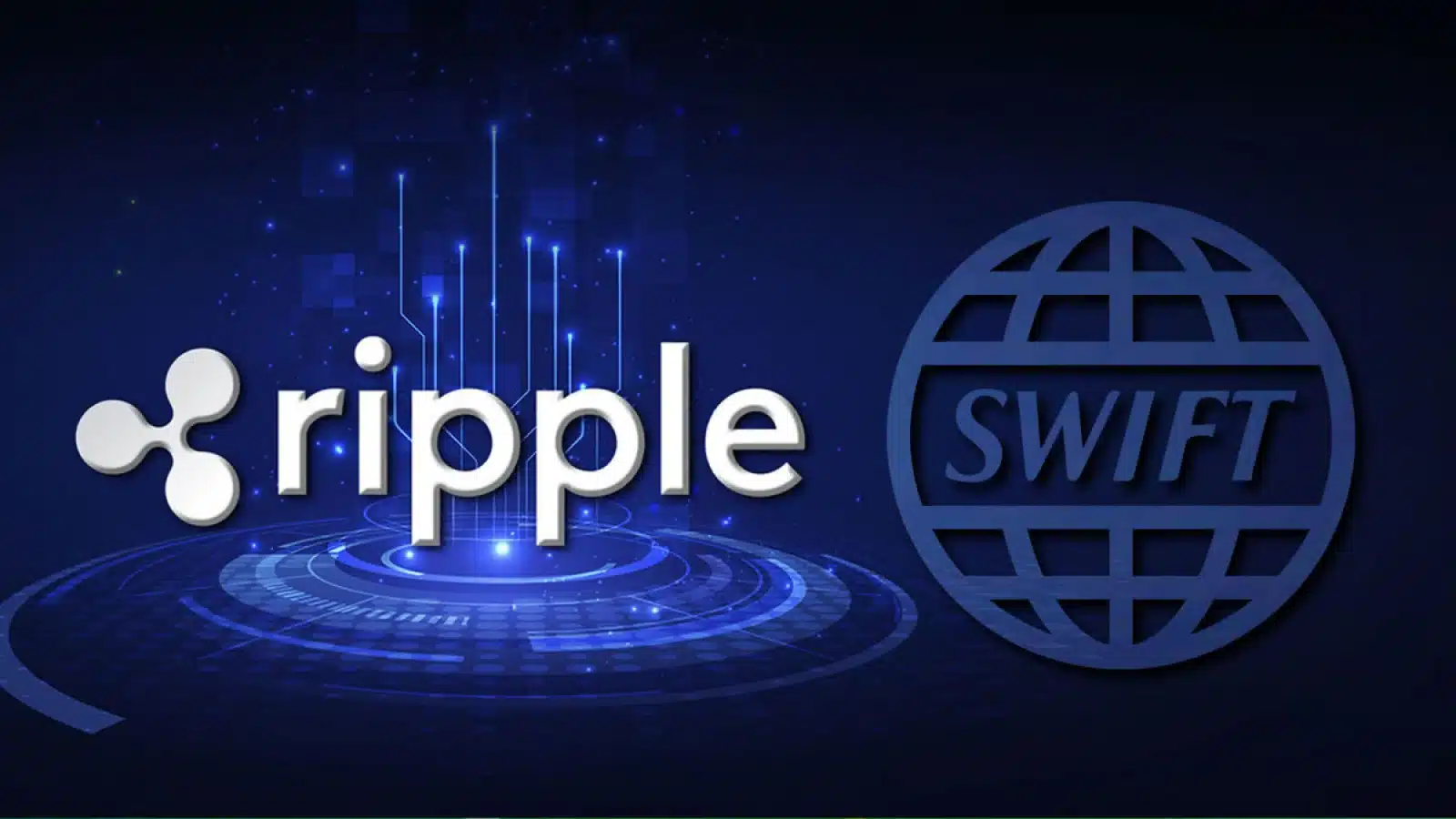- Ripple-Finastra deal links banks to Ripple and SWIFT systems.
- SWIFT questions Ripple’s governance, casting doubt on XRP adoption.
- Ripple expands reach, but legal and trust hurdles still remain.
Ripple’s integration with Finastra has drawn attention after claims that the partnership opens access to 11,000 SWIFT-connected institutions. Crypto researcher SMQKE presented documents and diagrams highlighting Finastra’s service bureau model and Ripple’s potential reach. The comparison between RippleNet’s 200 connected institutions and SWIFT’s global footprint intensified discussions on interoperability and expansion.
Ripple-Finastra Deal Links Banks to Ripple and SWIFT Networks
The documents indicated that Ripple connected with the Zurich-based Finastra service bureau, which linked banks to Ripple and SWIFT service infrastructures. The service featured payment processing, sanctions screening, and cash visibility across networks. Former Ripple executive Marcus Treacher says the partnership broadens the reach of Ripple and partner solutions.
Also Read: Michael Saylor Slams S&P 500 Rejection as Strategy Outshines Bitcoin & SPY
He has defined Finastra as a mature fintech company that operates with most of the world’s largest banks. The alliance was framed as a platform that would allow RippleNet to expand its presence substantially. This infrastructure meant that institutions could trade amongst themselves.
Finastra SVP FMS Ritesh Singh stated that Ripple allows fast and efficient cross-border payments based on blockchain technology. He emphasised that it would be useful where correspondent banking was expensive. The diagrams show parallel flows between Ripple and SWIFT, with Finastra as a central bridge.
Governance and Trust Issues for Ripple
Despite its potential scale, Ripple had issues with trust and governance. SWIFT Chief Innovation Officer Tom Zschach pointed out a problem with Ripple’s centralized approach. He underlined that financial institutions require neutral regulation and equal contribution in payment systems.
Zschach claimed, “Winning lawsuits does not imply that XRP is primed to go mainstream. He observed that banks require assurance in governance. SWIFT, by contrast, is based on shared governance in which thousands of institutions determine the rules together.
He cautioned that Ripple’s centralized control of the XRP Ledger is an obstacle to uptake. Institutions will not be quick to place their faith in a network whose leadership is that of a competitor. Governance remains a determining aspect of acceptance in the long term.
XRP’s Legal and Economic Challenges
Legal and economic concerns were raised regarding the role of XRP. Zschach emphasized that there were no regulatory classifications of the XRP on financial reporting. According to him, banks need reasonable legal assurance of settlement.
Furthermore, XRP is not classified as money or included in institutional balance sheets. This uncertainty affects adoption decisions for major banks. Without settlement guarantees, institutions may avoid reliance on XRP.
Zschach doubted the economics of XRP in a market that was transitioning to tokenized deposits and regulated stablecoins. He argued banks may prefer instruments they already trust. SWIFT’s parallel exploration of blockchain further strengthens its position.
Also Read: Gold Hits $3,600 as Peter Schiff Says Bitcoin Investors Picked the Wrong Bet

